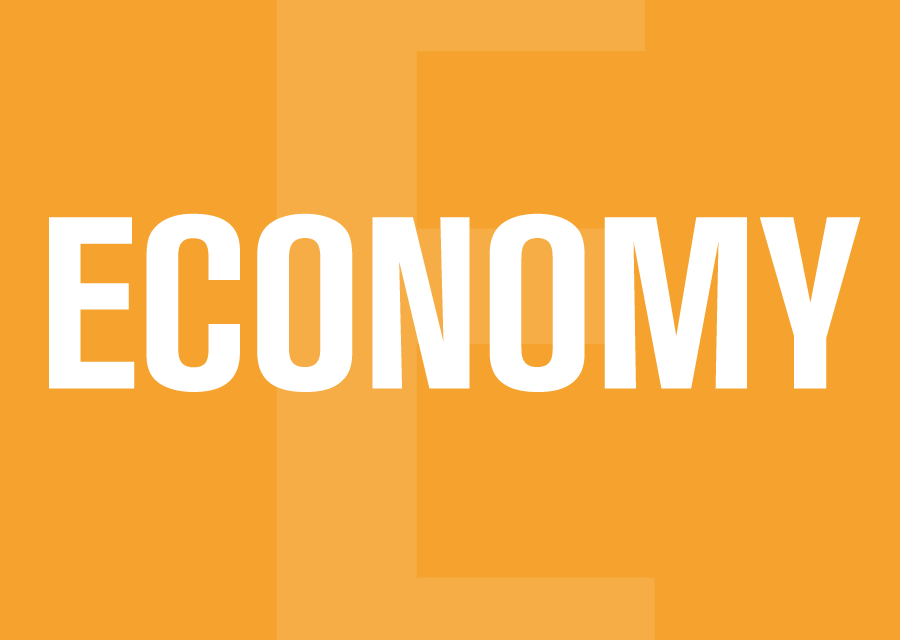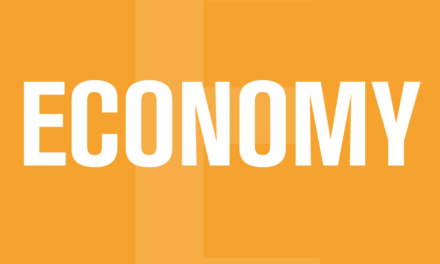Almost unnoticed in summer newscasts dominated by NAFTA, pipelines and Trump, Trump and more Trump, the Trudeau government released its Poverty Reduction Strategy a few weeks ago. It was a 100-page document that drew both criticism and accolades.
Criticism was mainly around the lack of any dramatic new measures to fight poverty. The Liberals maintain that recently-introduced income support programs and their slow developing commitments on what they like to call social infrastructure – things like housing, child care and public transit – will cut in half the number of Canadians living below the poverty line by 2030.
That may well turn out to be – as the NDP insisted – another empty promise. But the Liberals are off to a pretty good start. Mainly by building on increases in child benefits introduced by the Harper government, the Liberals can claim to have significantly reduced – by more than one percentage point – the poverty rate in 2016, the most recent year for which there are statistics. Using the MBM metric (see below) the national rate dropped from 12.1 per cent in 2015 to 10.6 per cent in 2016. The Liberals say their plan will get the rate to 9.7 per cent in 2020 – at this pace looking doable, absent a big recession.
The Liberals also expect to shrink the poverty numbers to which we’ve become accustomed by finally establishing an official poverty line to measure whether those targets are being met.
Despite what most people may think Canada has no agreed-upon poverty line. Statistics Canada measures low income in three ways.
Low-Income Measure (LIM): A household is considered to be in low income if its income is below 50% of median household incomes, accounting for household size. As this measure moves according to the changing incomes of the total population, it is a relative measure of poverty.
Low-Income Cut-Offs (LICO): A household is considered to be in low income if it spends 20% more on food, shelter, and clothing than the average family. This measurement is based on 1992 spending patterns of Canadian families.
Market Basket Measure (MBM): A household is considered to be in low income if it does not have enough money to buy a specific basket of goods and services that allows them to meet their basic needs and achieve a modest standard of living in their community. As this measure is based on having or not having enough money to purchase a fixed basket of goods and services, it is an absolute measure of poverty.
Each of these measures is calculated before tax (BT) and after tax (AT). Anti-poverty activists generally prefer the after tax low-income measure (LIM-AT), mainly because it enables comparisons with other industrialized countries.It also produces higher rates than either of the other metrics. [i] The Liberal strategy document proposes that the after tax Market Basket Measure (MBM–AT) become Canada’s official poverty line.
This could prove controversial. The MBM produces lower poverty rates than the LIM, especially in the equalization-receiving provinces – aka the have-nots. That is because the LIM is based on the national median income while the MBM takes regional cost of living differences into account.
To illustrate, the cost-sensitive MBM poverty line ranges from a high of $40,777 in Cold Lake, Alberta to a low of $32,871 in the Montreal suburb of Blainville. According to the Liberal strategy paper, a family of four in Blainville, Quebec can “meet their basic needs and achieve a modest standard of living” on income, after taxes, of $32,871 while it takes an after-tax income of nearly $41,000 to stay above the poverty line in the northern Alberta oil patch town of Cold Lake.
A metric based on regional cost differences (MBM-AT) rather than a national median income (LIM-AT) has a dramatic effect in lowering rates of poverty in lower-cost communities and lesser, or even opposite, effect in communities and regions with more wealth but higher costs for things such as food, shelter, clothing and transportation. The table below compares 2016 poverty rates in provinces and major cities using the two metrics.
Poverty rates 2016 LIM and MBM
| LIM-AT | MBM-AT | Variation | % change | |
| NL | 15.6 | 10.8 | -4.8 | -30.8 |
| PEI | 14.4 | 11.3 | -3.1 | -21.5 |
| NS | 16.1 | 12.9 | -3.2 | -19.9 |
| NB | 14.7 | 11.8 | -2.9 | -19.7 |
| PQ | 14.0 | 8.6 | -5.4 | -38.6 |
| ON | 13.7 | 11.8 | -1.9 | -13.9 |
| MB | 13.3 | 9.4 | -3.9 | -29.3 |
| Sask | 11.6 | 9.2 | -2.4 | -20.7 |
| Alta | 8.1 | 8.6 | +0.5 | +6.2 |
| BC | 12.9 | 12.0 | -0.9 | -7.0 |
| Montreal | 14.9 | 10.1 | -4.8 | -32.3 |
| Toronto | 15.6 | 14.7 | -0.9 | – 5.8 |
| Winnipeg | 13.3 | 9.6 | -3.7 | -27.8 |
| Calgary | 6.6 | 9.3 | +2.7 | +40.9 |
| Edmonton | 6.7 | 7.2 | +0.5 | +7.5 |
| Vancouver | 12.2 | 11.9 | -0.3 | -2.5 |
| Canada | 13.0 | 10.6 | -2.4 | -18.5 |
Source: My calculations based on Statistics Canada Tables 11-10-0136-01
Comparing poverty rates calculated using the MBM instead of the more familiar LIM produces some unexpected insights.
- Using the MBM significantly reduces the poverty rate in the Atlantic Provinces, Manitoba and Saskatchewan;
- Poverty rates in Alberta, Edmonton and Calgary are higher under the MBM;
- Under MBM, Toronto has the highest poverty rate among the 16 jurisdictions in the table;
- With MBM, Quebec’s poverty rate drops nearly 40 per cent;
- The poverty rates for the Atlantic Provinces are 20 to 30 per cent lower with the new poverty line than they were with the LIM-AT;
- With MBM, poverty rates in the Atlantic Provinces are closer to those in Ontario and B.C. than they are with LIM.
If nothing else, the MBM as poverty line may change the conversation. We may be aging, shrinking and opportunity-deprived in Atlantic Canada, but we are not significantly more impoverished than our fellow Canadians. And it is somewhat shocking to consider that almost 25 per cent of Canadians living in poverty reside in Toronto.
One fact that the proposed new poverty line will not change is that, while lower than Toronto, Nova Scotia at 12.9 per cent had the highest poverty rate of any province in 2016. That is the case with both the LIM and the MBM. However, using the proposed MBM-based poverty line does change the picture of poverty within Nova Scotia.
Moving from the LIM to the MBM reduces 2016 Census poverty numbers for Nova Scotia by over 14,000 – from 154,960 to 140,760. The cost-based MBM also moves Cape Breton from the highest rate (19.7 per cent) to the lowest (14.3 per cent) of Nova Scotia’s five regions. With the proposed new poverty line, Halifax region, at 14.7 per cent comes in with a rate slightly worse than the Cape Breton poverty rate. Now that’s unexpected.
-30-
[i] According to the Strategy doc, StatsCanada will continue with the LIM so that international comparisons will still be possible





